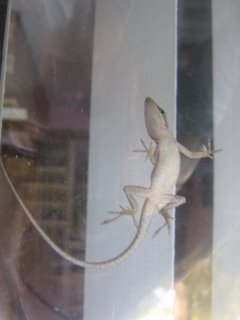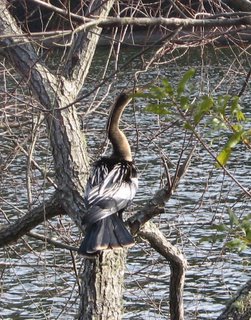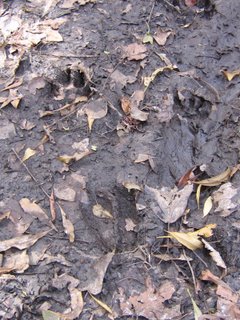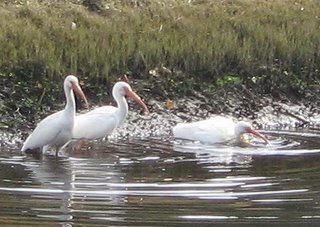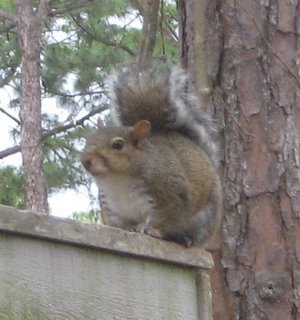
Here is another photo of a squirrel, presumably the same on in the picture below. The ledge the squirrel is standing on is hollow, and a hole has been chewed in it. A family of at least four squirrels lives in the hole. If you look at the ledge closely, you see places where the squirrels chewed to try to widen the opening. A few moments before I took this photo, another one peeped its head through the gnawed hole. It was really cute! Have you seen any squirrels living in strange places? If so, please comment.

